2 Euro Willy Brandt 50 Years of the Warsaw Ghetto Germany 2020
9,90 €
The drawing depicts Willy Brandt, who was the Chancellor of Germany at the time, kneeling in front of the monument to the heroes of the Warsaw Ghetto in a gesture of humility. The shocking composition of images brings to mind the Warsaw Ghetto Uprising of 1943. With extremely fine and relief engraving, the design depicts the characteristic symbols: a menorah – 7-light lamp, the wall and the victims of the Ghetto, as well as the Geniklisia (kneeling). The interior of the coin also features the artist’s initials (top), the respective mint mark (‘A’, ‘D’, ‘F’, ‘G’ or ‘J’), the year, ‘2020’
Willie Brandt’s kneeling lasted only 30 seconds. And yet he made history. In December 1970 the Social Democrat Willy Brandt was the first German chancellor to set foot on Polish soil. World War II, the Nazi occupation of Poland, the Holocaust had ended 25 years ago. The purpose of Willy Brandt’s trip to Warsaw was to restart German-Polish relations. On the morning of December 7, 1970, Brad laid a wreath at the Warsaw Ghetto Uprising Memorial, honoring the Jews who heroically lost their lives showing courage in their despair against their German tormentors. After placing the wreath, Willie Brandt took a few steps back and fell to his knees. The photographers who were there immediately gathered around him. They knew their photos would go around the world.
The Warsaw Ghetto was the largest of all Nazi ghettos during World War II. It was established by the German authorities in November 1940 on the new territory of the General Government of occupied Poland. At its height, 460,000 Jews were imprisoned in an area of 34 square kilometers with an average of 9.2 people per room and with little food. From the Warsaw Ghetto, Jews were deported to Nazi concentration camps and mass killing centers. In the summer of 1942, at least 254,000 Ghetto residents were sent to the Treblinka extermination camp for “relocation to the East” during the summer. The total death toll among Ghetto inmates is estimated at at least 300,000 shot or gassed combined with 92,000 victims of starvation and related diseases, the Warsaw Ghetto Uprising, and victims of the final destruction of the Ghetto
The drawing depicts Willy Brandt, who was the Chancellor of Germany at the time, kneeling in front of the monument to the heroes of the Warsaw Ghetto in a gesture of humility. The shocking composition of images brings to mind the Warsaw Ghetto Uprising of 1943. With extremely fine and relief engraving, the design depicts the characteristic symbols: a menorah – 7-light lamp, the wall and the victims of the Ghetto, as well as the Geniklisia (kneeling). The interior of the coin also features the artist’s initials (top), the respective mint mark (‘A’, ‘D’, ‘F’, ‘G’ or ‘J’), the year, ‘2020’
| MPN |
EU-2020-05 |
|---|---|
| Metal |
CuNi |
| Βάρος |
8.5γρ/gr |
| Year |
2020 |
| Quality |
BU -case |
| Country |
Germany |
Only logged in customers who have purchased this product may leave a review.








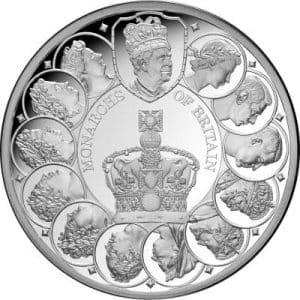


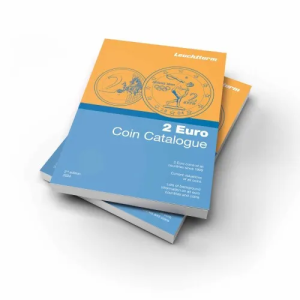

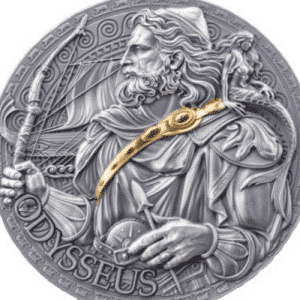

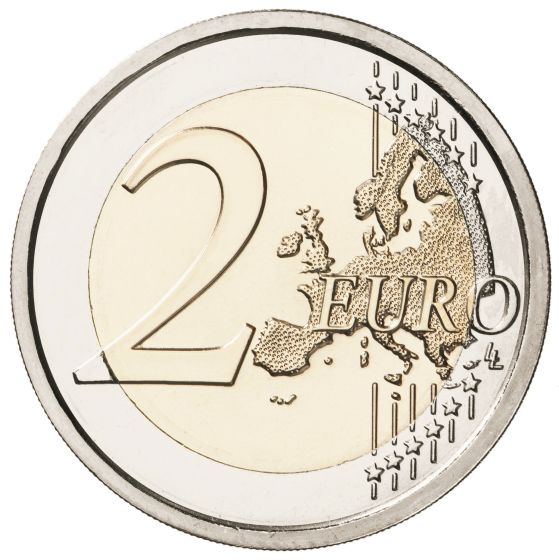


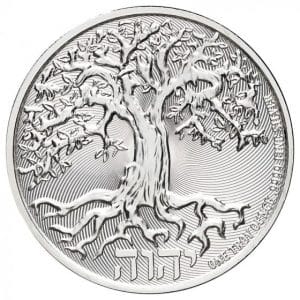




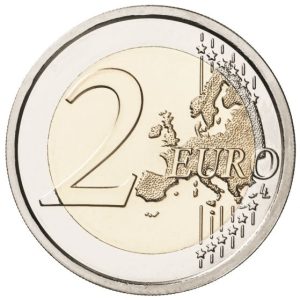
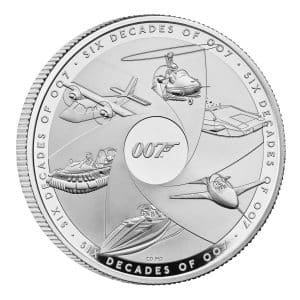
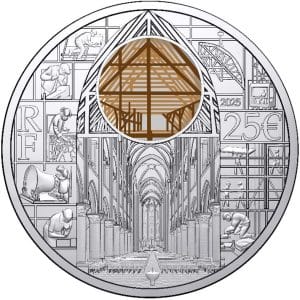
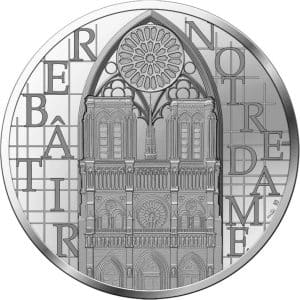
Reviews
There are no reviews yet.